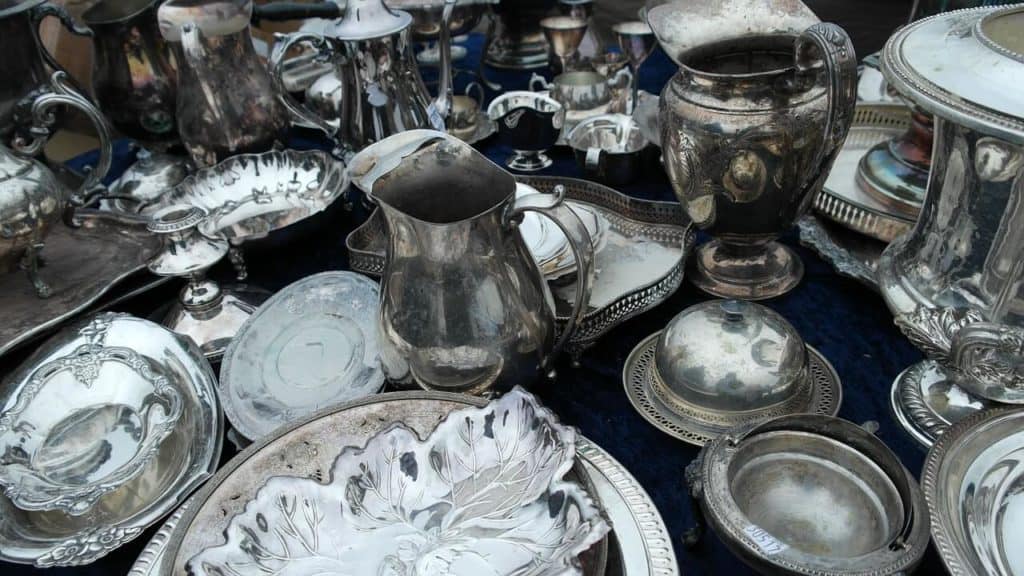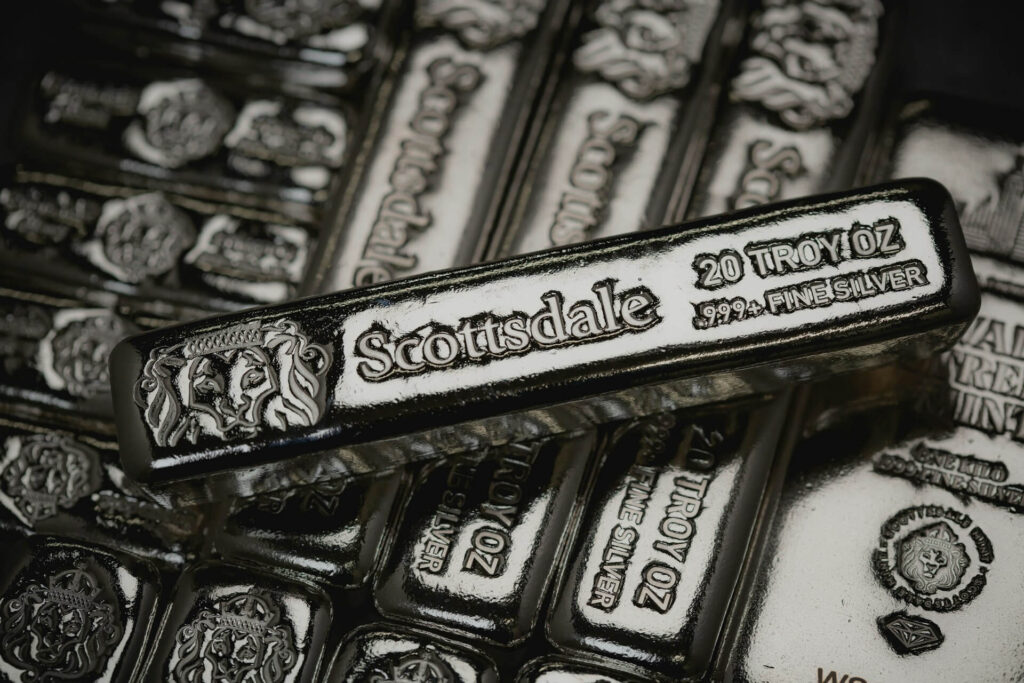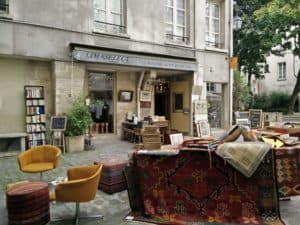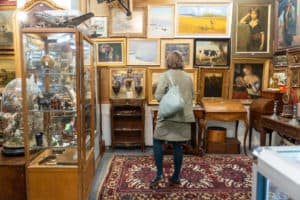How to Source, Identify, and Preserve Antique Silver Like a Pro

Silver has fascinated civilizations for over 5,000 years. From ancient currency to sacred ritual objects, and today’s dazzling decorative and practical uses, silver has remained a coveted material across generations. Its unmistakable luster graces everything from fine to intricate and fine . It has found a permanent place in our homes, wardrobes, and even investment portfolios.
However, collecting antique silver doesn’t have to be reserved for wealthy collectors or museum curators. With a bit of knowledge, a keen eye, and some strategic hunting, you can discover exceptional antique silver pieces at reasonable prices. And once you’ve found your treasures, caring for them properly ensures they maintain their value, charm, and brilliance for decades to come.
This complete guide covers everything you need to know about sourcing and caring for antique silver, whether you’re a curious beginner or a seasoned enthusiast looking to expand your collection.
Where to find antique silver
1. Local charity shops/thrift stores
These neighborhood gems can be goldmines for silver hunters. Tucked among secondhand ceramics and kitchen gadgets, you may find silver spoons, serving trays, watches, or dainty brooches — often mispriced or overlooked. While staff may not always recognize sterling silver from plated alternatives, you can take advantage of this by knowing what hallmarks to look for. Visit regularly, as inventory often changes, and don’t be shy about inspecting items closely.
2. Etsy.com and similar websites
Etsy has become one of the best online platforms to find unique vintage and antique silver. From intricately designed rings to rare silver cutlery sets, sellers from all over the world list verified pieces. Be sure to check item descriptions and ask sellers for photos of hallmarks to confirm authenticity. Other platforms like eBay, Chairish, and Ruby Lane can also yield quality results with the right search terms and patience.
3. Antique stores
Whether you’re in a city or rural town, antique stores are an obvious and often fruitful stop for silver collectors. Store owners tend to be knowledgeable and passionate, providing added assurance of authenticity. You may pay a little more, but the curated selection and quality are typically higher. Don’t be afraid to negotiate prices — especially on tarnished or less “fashionable” pieces.
4. Travel – Bali, Thailand, Mexico, China…
When traveling abroad, keep your eyes peeled — many countries like , (notably Taxco), and have thriving silver industries. Prices are typically lower, and designs can be breathtaking. But be cautious: inspect pieces carefully, ask about purity, and never skip the hallmark. If it feels too light or lacks markings, it may be plated or imitation.
5. Flea markets/car boot sales
Flea markets and car boot sales are perfect for bargain hunters. Many vendors don’t realize the true value of the silver pieces they’re selling — or they just want to declutter. Check for hallmark stamps, tarnish patterns, and weight. And don’t hesitate to negotiate; part of the fun lies in the haggle.
Understanding silver
Not all silver is created equal. Understanding the differences between types of silver helps you buy smarter and maintain your collection better. Here’s what you need to know:
Pure silver (99% or higher silver)
Often referred to as fine silver, this is the highest grade, but its softness makes it unsuitable for everyday use. It tarnishes quickly and is mostly reserved for investment bars or artisan jewelry that isn’t subjected to heavy wear.
925 Sterling silver (92.5% pure silver, 7.5% alloy metals, usually copper)
The most widely used silver for functional objects. It is strong, attractive, and ideal for flatware, jewelry, and decorative items. Look for a 925 hallmark when buying, especially in secondhand markets. If properly cared for, sterling silver can last centuries.
975 Sterling Silver (97.5% pure silver, 2.5% alloy metals, usually copper)
Used by high-end jewelers, this grade is closer to pure silver but still offers some strength thanks to the small alloy content. Its high purity comes at a cost, and it can be slightly more prone to bending under pressure. It’s less common than 925 and often features in designer or artisan-made pieces.
Plated silver
Made by coating a base metal — often nickel or copper — with a thin layer of silver. Affordable and attractive, but not a long-term investment. Over time, the coating can wear away, especially on items subject to regular use or friction. Still, for occasional use or display, silver-plated pieces can add charm to your collection.
Silver Hallmarks
Hallmarks help verify the silver content and origin. Common stamps include 925, 950, and 800 — the number refers to parts per thousand of silver. In the , silver hallmarks also include symbols for the Assay Office, date letters, and maker’s marks. This Online Encyclopedia of Silver Marks is an invaluable resource for identifying these marks and learning about manufacturers across countries and centuries.
How do I know if it’s genuine?
Always inspect for hallmarks — particularly 925 — on jewelry, cutlery, and homeware. If it weighs over 7.78g, a hallmark is required in most countries. You can also conduct the magnet test (silver is non-magnetic), rub with a soft cloth to check for black marks (a sign of oxidation), or use silver testing kits. And remember: reputable and vendors will gladly allow close inspection.
How do I keep it in good condition?
Regular cleaning and proper storage are key. Avoid overusing harsh chemical cleaners — they may strip the finish or cause pitting. Instead, polish silver gently with a dedicated cloth or a natural homemade paste. Store items in air-tight bags or anti-tarnish cloth pouches to prevent exposure to air, humidity, and sulfur. And keep frequently used items clean by rinsing with warm soapy water and drying thoroughly.
Homemade silver cleaner recipe
Looking for a natural solution to restore your silver’s sparkle? Here’s a DIY cleaning method that’s effective and easy:
What you’ll need:
1 tablespoon salt
2 tablespoons baking soda
Boiling water
bowl
Aluminum foil
Instructions: Line your bowl with aluminum foil, shiny side up. Place your silver item inside. Add the salt and baking soda, then pour over boiling water. Let sit for 10–15 seconds or up to a minute for heavy tarnish. You’ll see the oxidation lift off. Rinse with warm soapy water and dry with a soft cloth. Use this method sparingly to avoid weakening delicate pieces.
Final Thoughts
Whether you’re an avid collector or a newcomer exploring the beauty of antique silver, knowing where to look and how to maintain your pieces is essential. Silver is not just a material — it’s history you can hold. With proper care and a curious spirit, your collection will gleam for generations to come.










